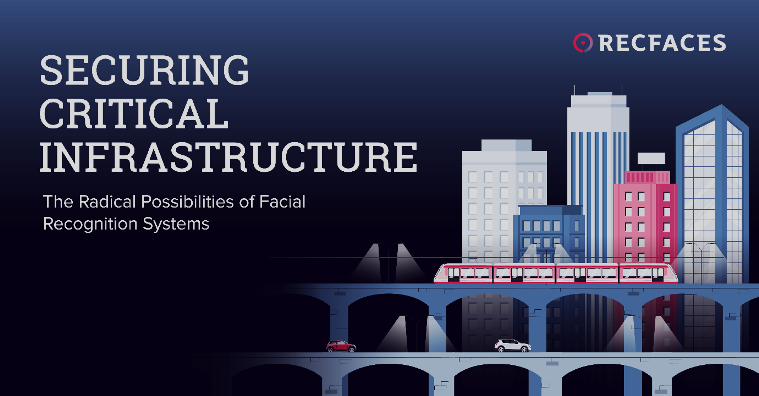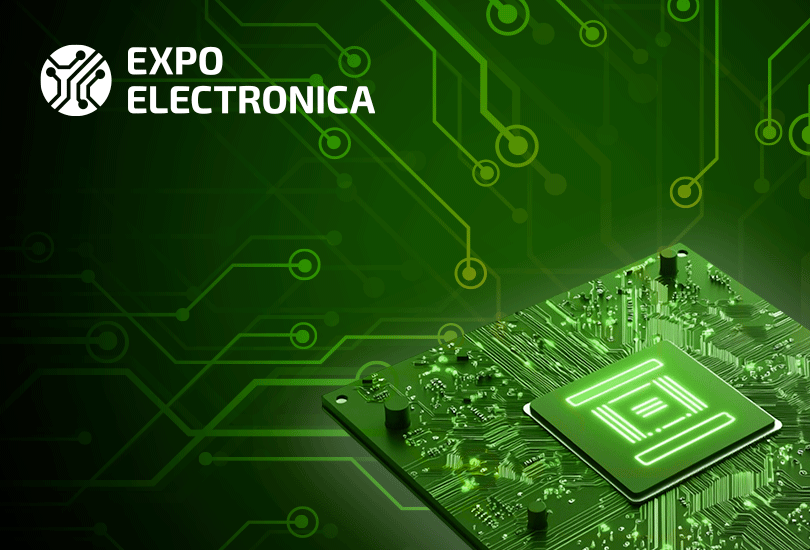Securing critical infrastructure is important to protect the physical and digital boundaries of any economy. Security advisors and experts around the world are constantly engaged in strategising and devising policies for efficient incident detection and response protocols. The key motivation for such intricate planning is not only to secure the boundaries but also to safeguard resources, people, and information through and through.
RELATED: Championing safety: Enhancing security at the Olympics with facial recognition
To break it down, the National Institute of Standards and Technology (NIST) defines Critical Infrastructure as ‘systems and assets, whether physical or virtual, so vital to a country that the incapacity or destruction of such systems and assets would have a debilitating impact on political security, national economic security, national public health or safety, or any combination of those matters.’ Some of the most crucial sectors for a country are:
- Homeland security
- Water processing]
- Critical manufacturing
- Banking sector
- Energy sector
- Transportation and logistics
- Information technology
Resources are dedicated to preventing any disruptions in the functioning of these assets. This is essential to maintain socio-economic stability and keep safe from threats and adversities, operational failures, and global incidents. These critical sectors constantly remain vulnerable to risks and uncertainties, threatening the peace and balance of a country and catching the attention of malicious actors.
Events of crime and vandalism endanger peace, creating a sense of insecurity and unrest among the masses. Evidently, the damage to public property and resources is immense and affects the whole country. Sensitive information and data leaks due to weak cybersecurity, breaches, and unauthorised access compromise the country’s global communication channels, leading to the loss of critical digital resources.
According to a 2023 report by Cybersecurity Ventures, the global annual cost of cybercrime is projected to reach US $10.5 billion by 2025, stating cybercrime to be the most immediate global threat. In another example, break-ins and security incidents in manufacturing, energy, and logistics units are greatly detrimental to operational flow and hence, disrupt the national and international supply chains.
The need of the hour is to establish a more reliable, accurate, and foolproof security system competent in safeguarding critical infrastructure. With the increasing footprint of technology in security, the best alternative is a smart solution that encompasses the capabilities of a video surveillance system, access control system, incident detection, and alert protocols.
Facial Recognition Technology
With 64% of countries using facial recognition systems (FRS), it is among the top three AI surveillance technologies adopted across the world. It is not limited by geographical boundaries, electronic configurations, or physical proximity.
For securing large and small spaces, as well as physical and virtual premises, facial recognition technology has emerged as a phenomenal player in the security ecosystem. The following qualities set facial recognition technology (FRT) apart from other technologies:
Accurate Identification
FRT has achieved more than 99% accuracy in the identification and verification of an individual’s profile from their face image. This also indicates that the chances of false results are nearly zero. As a virtue of this accuracy and ever-evolving algorithms, the presence of a person of interest can be quickly tracked and addressed.
Improved Video Surveillance
Facial recognition expands the capabilities of a standard video management system (VMS), which is an indispensable part of perimeter security. It enriches existing VMS with intelligent analytical features, like premises mapping, incident detection, smart tracking, micro surveillance and control, etc. This enrichment increases the reliability of security infrastructure and strengthens protective measures.
Efficient Access Control
Access control mechanisms are set up to monitor and regulate access to sensitive areas, critical assets and premises, hazardous manufacturing units, or even control rooms. Access control systems facilitated with facial biometrics protect sensitive resources and areas from unauthorised access on account of identity theft or tailgating. This is not only limited to the physical premises but digital assets as well, such as servers, cloud resources, and data centres.
Immediate Alerts and Monitoring
Quick identification, incident detection, and archived recordings support the security staff in monitoring and controlling incidents. As soon as an unidentified person is detected by the FRS or a potential breach is attempted, immediate alerts are sent to the security control interface calling for prompt response.
Liveness Detection
FRS is powered by advanced technology and algorithms supported by artificial intelligence, and it is constantly evolving with endless possibilities. One of its key capabilities is liveness detection. It enables the system to differentiate an image from an actual person, preventing the risks of identity theft and synthetic identities. Thus, helping strike security vulnerabilities and build a more robust and protective infrastructure.
Accessibility Benefits
Unlike other authentication methods, facial biometrics is not limited by situational constraints. FRS completes the authentication process of an individual as soon as they step into the range of the camera, defying proximity challenges. The face image serves as an added layer for access control, surpassing the limitations of physical cards and alphanumeric passwords. The system works seamlessly across geographical areas, offering high accuracy and uniformity.
Closing Notes…
The operational efficiency of a nation is undoubtedly dependent on its critical infrastructure and how well it is secured and maintained. In order to achieve a stable socio-economic environment, strong security and response protocols are required to be established at a foundational level. And facial recognition systems offer enormous possibilities for a conventional new world with more secure boundaries, integrated global operations and a safer environment where mutual association thrives.
“We are well aware of the cruciality of securing critical infrastructure. And facial recognition technology exhibits wonderful accuracy and universality, making security operations convenient and extremely efficient,” says Eugenia Marina, Business Development Director for the MENA region, RecFaces.
Read latest white paper: “Facial Recognition Systems in Securing Critical Infrastructure.”

































